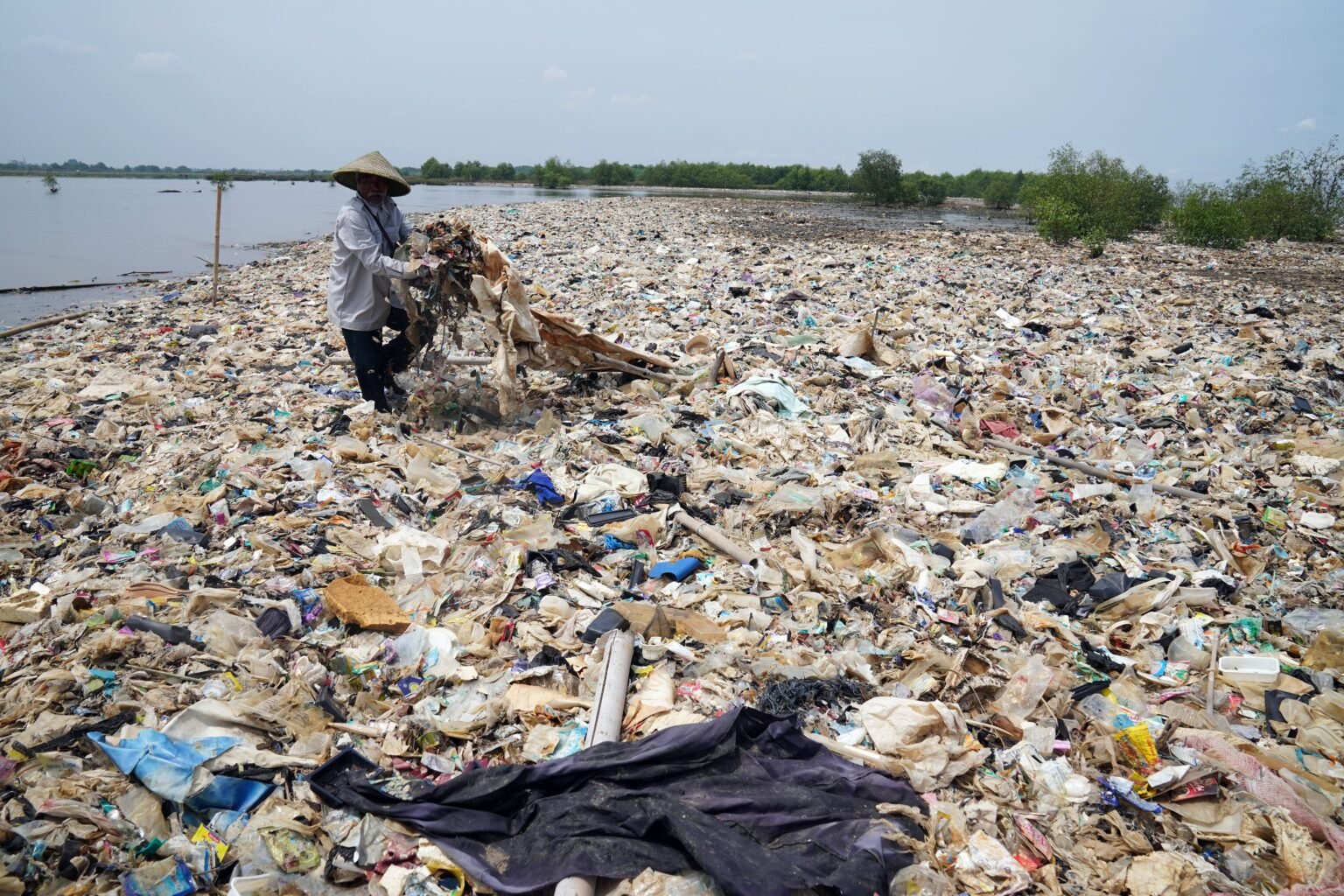Countries Gather in Geneva to Confront the Plastic Crisis
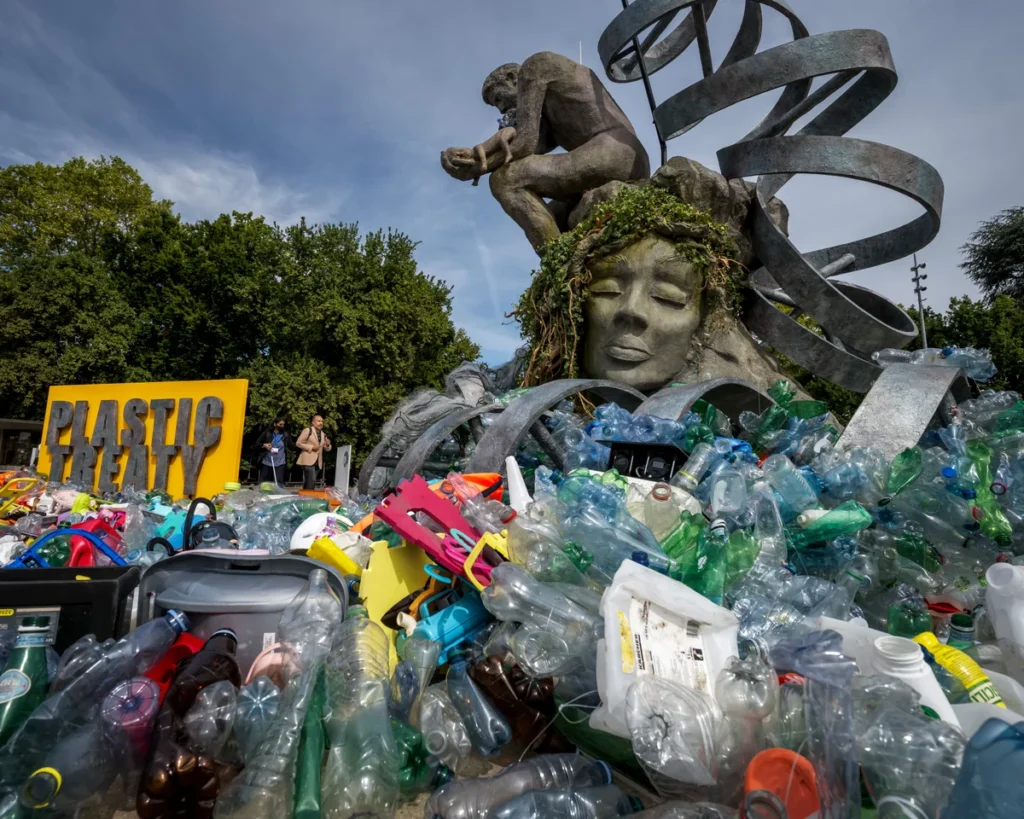
The world is drowning in plastic. With nearly 200 trillion plastic particles floating in oceans, the plastic crisis has become an urgent global issue. In a historic move, over 170 nations are meeting once again in Geneva to attempt to finalize a treaty aimed at curbing plastic pollution. The clock is ticking, and expectations are high as negotiators work to thrash out a deal that has eluded consensus for years.
Why Plastics Became Indispensable—and Dangerous
Plastics revolutionized human society due to their flexibility, durability, and affordability. Originally derived from natural materials like rubber and horn, plastics evolved into synthetic products made from fossil fuels in the 20th century. Their usefulness has spanned across every sector—medicine, agriculture, construction, fashion, and beyond.
However, this rapid expansion has come at a cost. The very properties that make plastic so useful—its durability and resistance to degradation—also make it an environmental hazard.
How the Plastic Crisis is Devastating the Planet
Plastic production skyrocketed from 2 million tonnes in 1950 to 475 million tonnes in 2022. Around 60% of plastics are designed for single use, and only about 10% are recycled, according to recent studies.
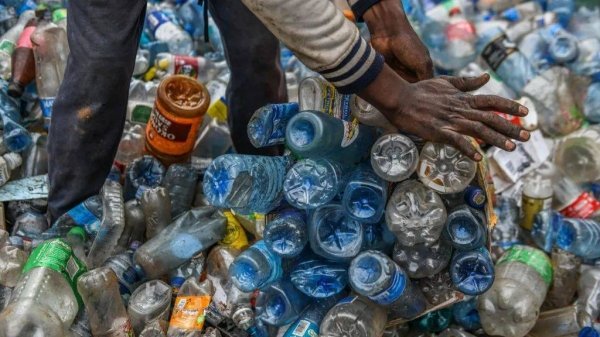
Once discarded, plastic waste frequently ends up in rivers and oceans, posing severe threats to marine life. Sea creatures often mistake plastics for food, leading to ingestion that damages their organs and causes death. Others become entangled in plastic debris, particularly fishing nets and packaging.
Even more alarming is the breakdown of plastics into microplastics—tiny particles that have been found in the most remote corners of the Earth, including deep oceans and mountain peaks.
Microplastics: Invisible and Invasive
Microplastics are not just an environmental concern—they are a growing public health threat. These particles enter the food chain and are now found in human blood, lungs, and even placentas. Their long-term effects are still being researched, but scientists warn of potential cell damage, inflammation, and hormonal disruption.
With the plastic crisis escalating, failure to act could triple the amount of plastic in oceans within a few decades, creating irreversible harm to ecosystems and human health.
Plastics and Human Health: The Hidden Cost
Plastics contain over 16,000 chemicals, many of which are toxic, including carcinogens and hormone disruptors. A recent global health review estimated the annual cost of health damages from plastics at $1.5 trillion.
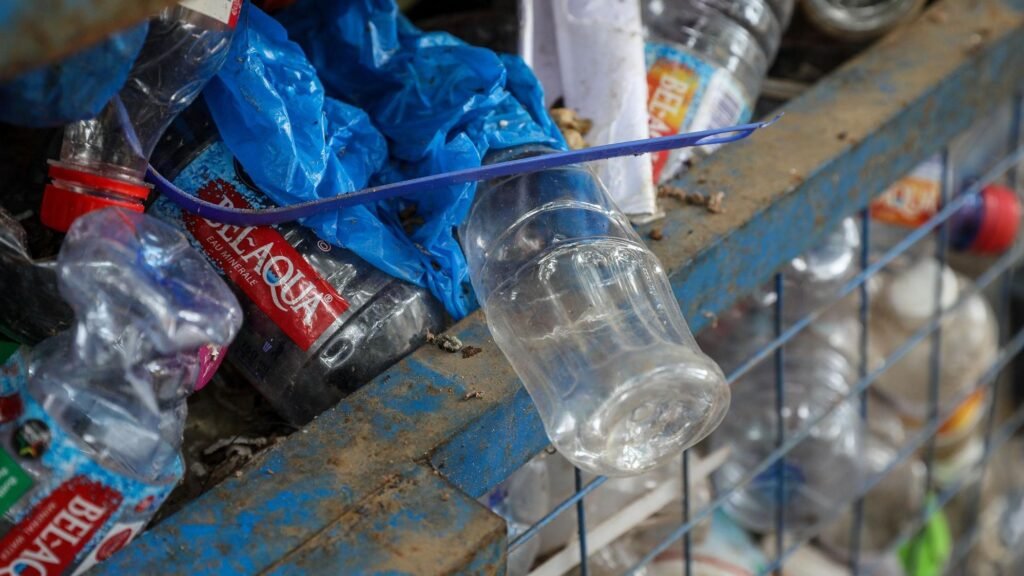
From production to disposal, plastics release harmful pollutants into the air, soil, and water. These pollutants contribute to respiratory illnesses, reproductive disorders, and even cancers. The lack of transparency around chemical use in plastics makes it even more difficult for consumers and regulators to understand the true risks.
The Global Treaty on Plastics: Will Countries Agree?
In 2022, the international community pledged to finalize a legally binding treaty to tackle the plastic crisis within two years. Despite multiple negotiation rounds, no deal has yet been signed. The current Geneva summit is being viewed as a last major chance to push the agreement forward.
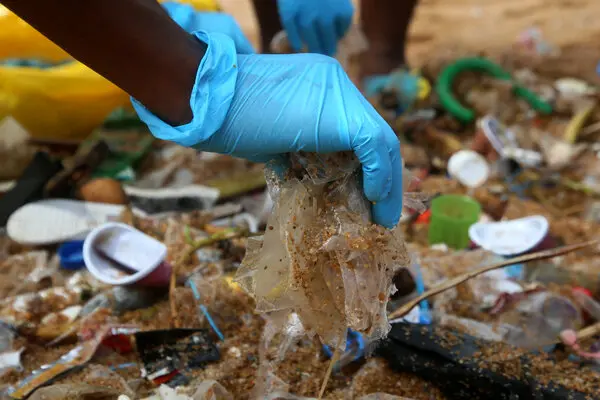
Key areas under discussion include:
- Limits on single-use plastic production
- Bans on toxic plastic additives
- Universal design standards for recyclable plastics
- Funding mechanisms for plastic waste management
Supporters of a strong treaty include nearly 100 nations advocating for production caps. However, oil-rich countries like Saudi Arabia and Russia prefer to emphasize recycling over reducing plastic output, since plastics are a growing market for the fossil fuel industry.
The Role of Business in Solving the Plastic Crisis
Major companies that rely heavily on plastic packaging—such as food, beverage, and cosmetics giants—are also urging governments to act. Industry coalitions are calling for harmonized global regulations to reduce compliance costs and improve recyclability.
For instance, something as simple as removing color from plastic bottles can double the value of recycled material. Uniform design rules could save money, improve recycling efficiency, and reduce the demand for virgin plastic materials.
What Individuals Can Do to Reduce Plastic Waste
While systemic changes are essential, individuals can also make a difference in tackling the plastic crisis:
- Avoid single-use plastics by carrying reusable bags, containers, and water bottles.
- Buy unpackaged or bulk goods when possible.
- Reduce car use: over a quarter of microplastics come from tyre wear.
- Say no to glitter, chewing gum, and synthetic fabrics, which shed microplastics.
- Support businesses and products that use sustainable or biodegradable packaging.
Every choice adds up, especially when multiplied across millions of consumers.
A Tipping Point for the Planet
The Geneva summit is more than just another round of talks—it is a crucial moment in the global effort to resolve the plastic crisis. Scientists, businesses, and civil society are united in their call for urgent, bold action. Whether or not the world’s nations can agree on a binding treaty remains to be seen, but one thing is clear: continuing on the current path of plastic overproduction and under-regulation is no longer sustainable.
